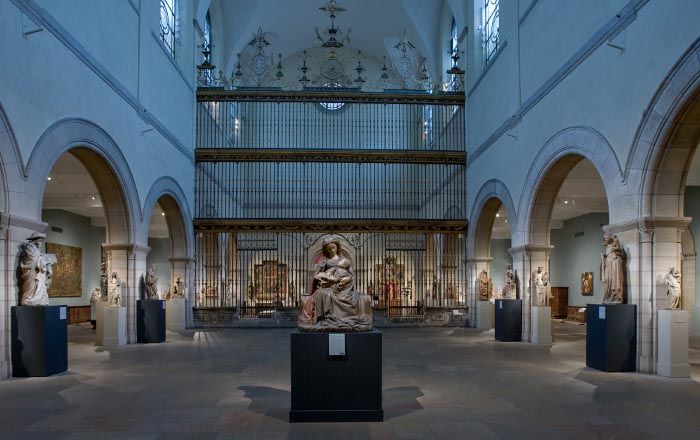Returned to lender The Met accepts temporary loans of art both for short-term exhibitions and for long-term display in its galleries.
Gravestone - Almeria Stele
Not on view
En este fragmento de lápida vemos el contorno de un arco de herradura cuya marcada curvatura se acentúa con unas delicadas hojas. La presencia de este único arco sugiere la forma de un mihrab, una hornacina común en las mezquitas que indica la dirección del rezo, lo que resulta apropiado dada la práctica musulmana de enterrar a los difuntos mirando a la Meca. Esta lápida funeraria se creó para la princesa Asma, nieta de al-Mu‘tasim (murió en 1091), gobernante de la taifa de Almería. Aunque no sabemos nada sobre esta integrante de la familia real, los versos tallados en su lápida nos dicen algo sobre el mundo en que vivía: una lápida contemporánea de esta encontrada en Sicilia incluye las mismas palabras, lo que pone de manifiesto la participación andalusí en las prácticas culturales generales del Mediterráneo occidental.
The outline of a horseshoe arch, its cinched curve accented by delicate leaves, is visible on this fragmentary grave marker. The single arch suggests the form of a mihrab, a niche found primarily in mosques that indicates the direction of prayer, which is appropriate given the Muslim burial practice of orienting the deceased toward Mecca. This grave marker was made for Princess Asma, a granddaughter of the taifa ruler of Almería, al-Mu‘tasim (died 1091). Though we know nothing about this member of the royal family, the lines of poetry on her gravestone tell us something about the world in which she lived: a contemporary gravestone in Sicily includes the same verses, underscoring Andalusi participation in the broader cultural practices of the western Mediterranean.
This image cannot be enlarged, viewed at full screen, or downloaded.

